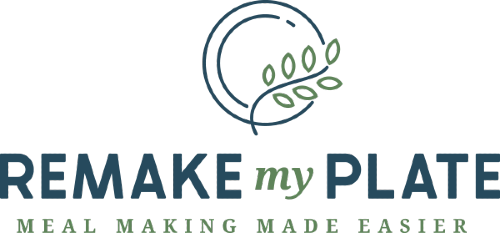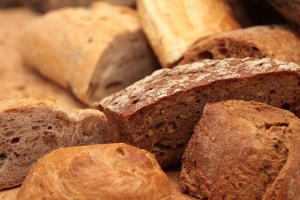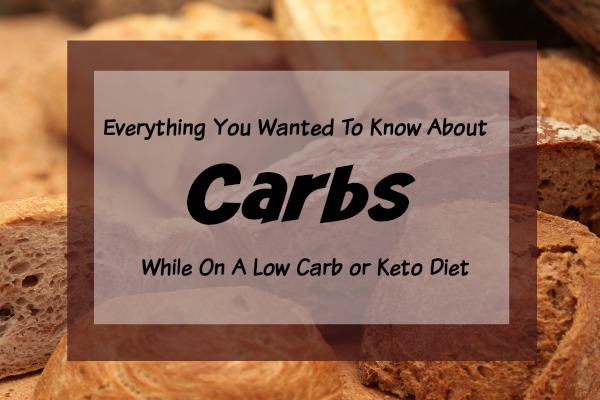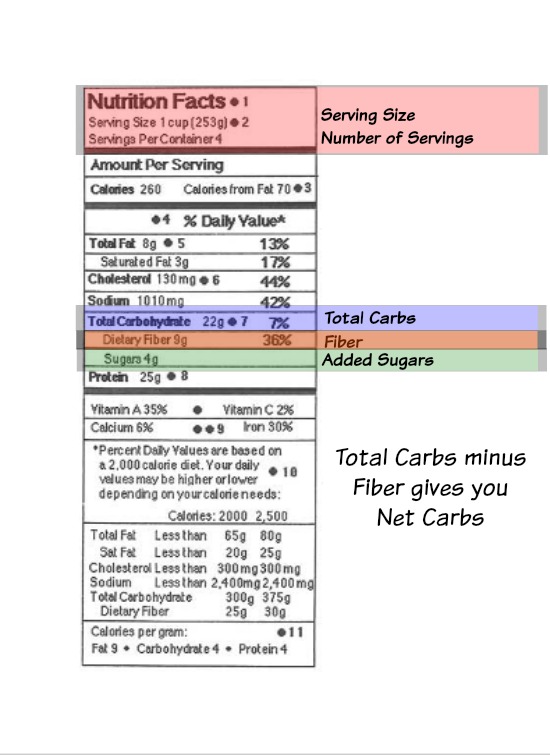I think at this point most people have heard of the keto or low carb diet.
The main idea behind this way of eating is to reduce the number of carbohydrates you eat in order to switch the body over from using glucose (obtained from carbs) to using ketones (obtained from fat).
The benefits of using ketones to fuel your body includes stabilized blood sugar levels (with fewer afternoon “carb crashes” and weight loss .
Here are some of the many questions people have asked about carbs when you are on a low carb or keto diet.
Doesn’t my body need carbs?
To keep your body (and your brain) functioning it needs fuel. It can get that fuel in a couple of different ways. One way is through glucose. Glucose comes from carbs being broken down. Another source of fuel for the body is ketones. Ketones come from fat (lipids) being broken down.
When the body runs low on glucose it, and still needs energy, it switches over to producing the energy it needs from ketones. The creation of ketones is what helps in weightloss. All that extra glucose energy has been stored over the years as fat. When glucose is no longer available the body will start breaking down the fat stores to create energy.
A third source of energy, and one that you don’t really want to use, is the break down of protein (muscles) to create glucose for energy. This happens when the body has used the stores of fat available to it such as during times of extreme or long lasting starvation.
What are carbs/carbohydrates?
Carbohydrates are compounds made up of sugars, starches and cellulose (fiber) that are found in fruits, vegetables, grains and milk products. These carbohydrates are used by the body to create glucose which is then used by your cells for energy.
When there is too much glucose floating around in the blood stream the body must do something with it. It doesn’t like to have high amounts of glucose floating around. In order to remove it from the blood stream the body will take the excess glucose that isn’t being used for fuel and turn it into fat. The fat reserves are then used by the body at another point when it runs low on glucose. However, if this point is never reached then the body continues to create fat from the excess glucose and the individual gains weight.
Which foods have carbs in them?

-
*Dairy products such as milk, yogurt, cheese and ice cream
-
*Fruits and fruit juice
-
*Grains including breads, rice, crackers, cereal and oatmeal
-
*Legumes, beans and other plant-based proteins
-
*Starchy vegetables such as potatoes, corn and peas
-
*Sugary sweets and drinks such as candy, cookies, desserts and soda
If it’s not a fat, a protein or alcohol then it’s a carb.
What if I’m not sure if a food contains carbs? Or how many it contains?
If the food contains a nutrition label then it’s time to become a label detective. Nutrition labels will provide a great deal of information that will help in your low carb journey. Check out the label below.
Serving Size (highlighted in red below):
if you are counting carbs then you need to know how much of the food item will have the number of carbs, fiber, protein, etc that is shown on the label. Start by looking at the serving size to see what makes up a serving size. In this case 1 cup of this item is a serving size. If you eat 2 cups then all the nutrition information shown is doubled.
Servings Per Container (highlighted in red below):
this will tell you how many servings in the package. If this was soup then there would be four servings 1 cup each. If you eat the whole container then all the nutritional information shown would need to be multiplied times four.
Knowing the serving size and how many servings in a container help you to be mindful of how much you’re eating. Check out this post for some additional information on portion sizes. It also helps with the next step which is determining how many net carbs are eating. But before we get to that let’s talk about carbs.
Total carbs (highlighted in blue):
this shows how many grams of carbs in every form (sugars, fiber and starches) is found in the food item. It includes those sugars, starches and fiber that are naturally occurring in the food item as well as those that have been added in.
Fiber (highlighted in red) comes in two forms….soluble and insoluble fiber.
Soluble fiber slows down digestion so the glucose found in foods takes longer to be absorbed. This helps to keep your blood sugar levels from rising too quickly after meals. Soluble fibers also bind with cholesterol and helps to flush it out of the body. Insoluble fiber helps to hold water in your intestines and aides with keeping you regular (it helps to prevent constipation). Fiber isn’t broken down and absorbed by the body. Because its not digested the number of grams of fiber in a food product is subtracted from total carbs.
Sugars (highlighted in green):
these are the sugars that have been added into the food product when it was made.
Net carbs:
this is the number that most people following a low carb or keto diet count. As fiber is not digested it is subtracted from the total carbs. The net carbs are those that will affect your blood sugar level. In the example above this item contains 22 grams of carbs (4 grams of which are sugars added in when it was made) and 9 grams of fiber. The 9 grams is subtracted from the 22 giving you 13 net carbs. When counting your carbs for the day this is the number that people count toward their daily carb intake.
Keep in mind that fiber does not make the other carbs in food magically disappear. People have asked about adding fiber products to food and if that helps lower the carbs. No. It doesn’t. If a food item contains fiber, as it is not digested, it isn’t counted toward your carbs. But adding more fiber doesn’t make the other carbs go away.
Looking for more information on how to determine if the food you are eating is keto? Then check out this post:

Have any questions about carbs while following a low carb or keto diet? I’d love to hear them. Leave a comment below.
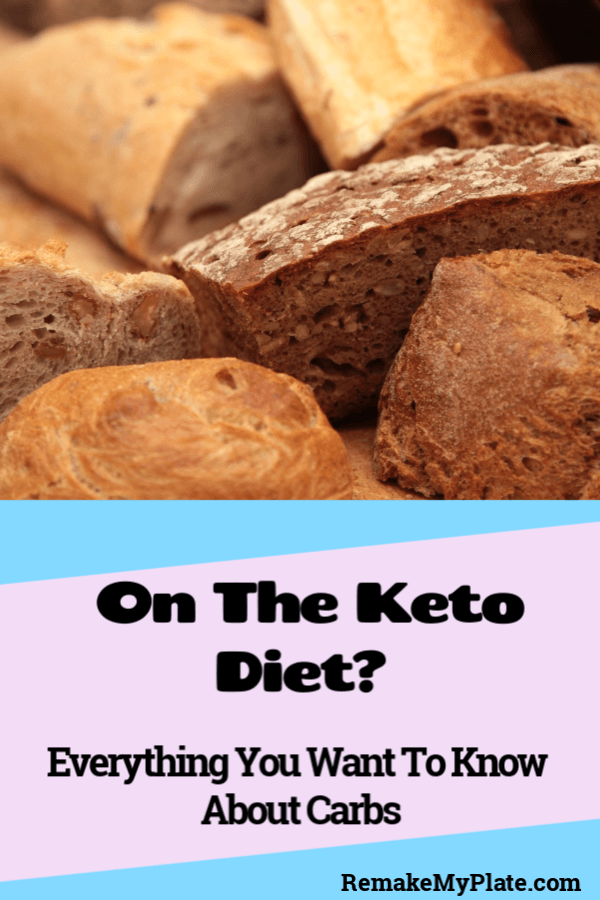
If you are looking for other low-carb/keto recipe ideas, be sure to check out our growing Recipe Index full of low-carb/keto recipes!
Join us on Facebook to be part of our interactive Keto and Lazy Keto discussion or follow us on Instagram, Pinterest, or subscribe to our newsletter (see below) and be the first to know when we post a new recipe!
Tried this recipe?
Before digging in why not snap a picture and tag me @remakemyplate or hashtag it with #remakemyplate over on instagram!
Disclosure: This post may contain affiliate links. I may earn a small commission from purchases made through these links, at no additional cost to you. Anything recommended on this website is a products I have used and loved. Thank you for supporting Remake My Plate and allowing me to share my experiences with you.
